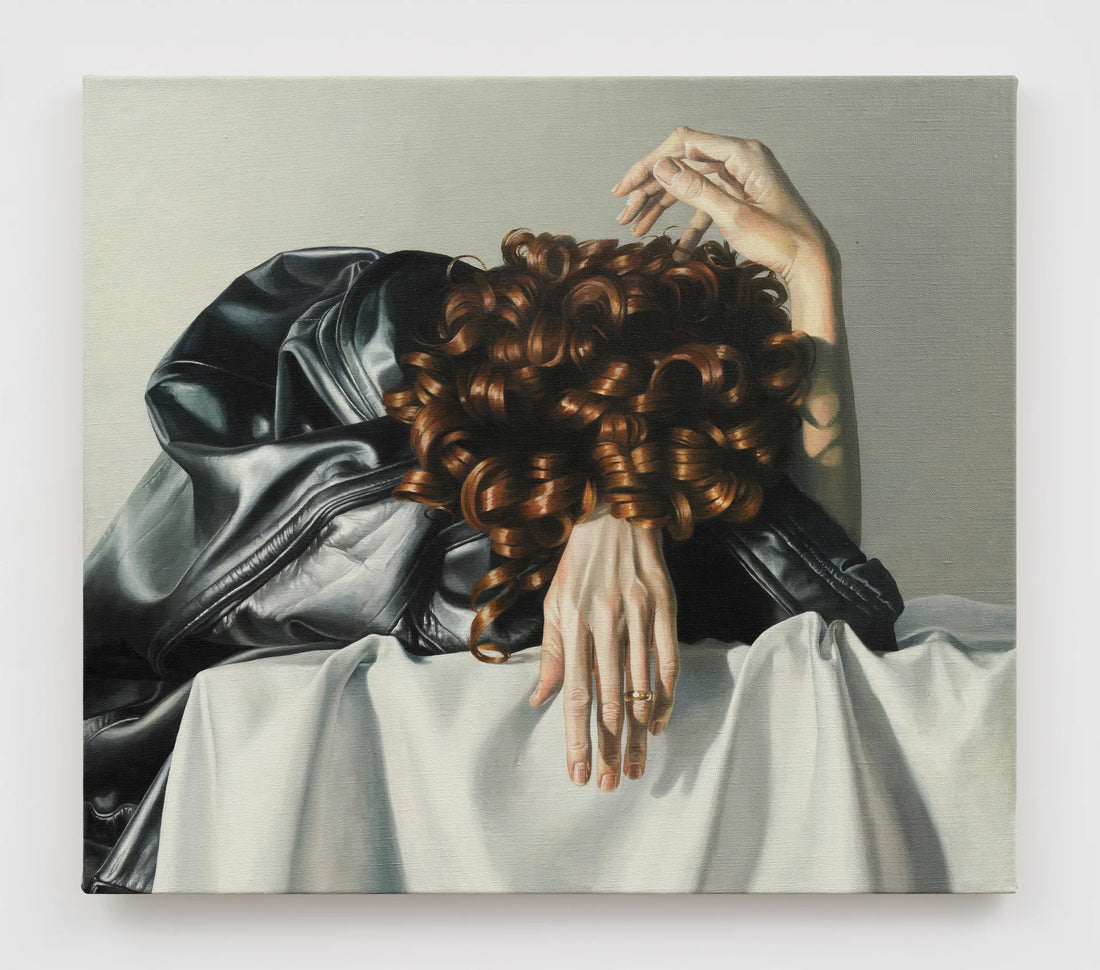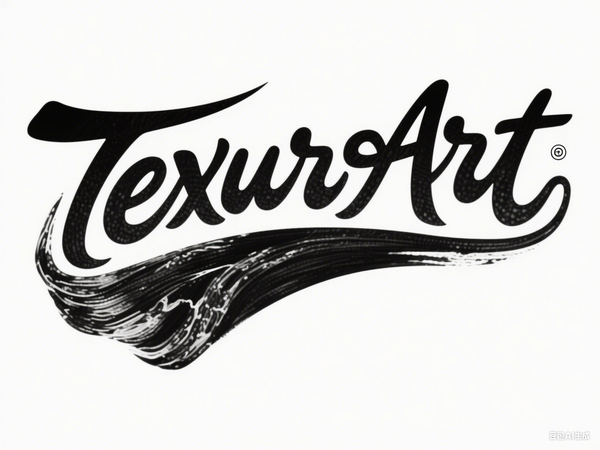
The Rise, Fall, and Resilience of Figurative Painting - Market Shifts, Politics, and Key Artistic Voices in 2025
Share
Over the past fifteen years, figurative painting has experienced a compelling but cyclical journey, emerging from the shadows of a speculative abstract art collapse to become a prominent, if sometimes contested, force in the contemporary art world.
Following the 2014 crash of market-fueled “zombie formalism” — a term referring to superficially abstract artworks that speculators heavily invested in — figurative art began to reclaim center stage. Exhibitions at institutions like MoMA PS1 in 2015 showcased a new generation of painters focused on human narratives, identity, and social reality, redirecting collector demand toward representational, conceptually rich works.
Image Source: MoMA PS1, photo of a figurative painting exhibition, 2015

The political and cultural climate further accelerated this shift as audiences and collectors sought art that engaged explicitly with questions of race, gender, and power. Artists such as Jennifer Packer, known for her intimate exploration of Black identity through portraiture, and Salman Toor, whose paintings reimagine queer and South Asian experiences, played pivotal roles in this renewed figurative movement. Their work appealed to institutions and collectors eager to support diverse voices reflecting contemporary social dialogues.
Market enthusiasm, however, also ushered in volatility. With escalating auction prices and speculative buying, notable figurative artists witnessed rapid price surges that, by 2024, faced significant correction. Publications such as The New York Times chronicled this shift with narratives like “Young Rode $712 Boom. Then Came the Bust,” illustrating how quickly enthusiasm can wane without sustained critical or museum support.

Yet beneath the market’s ebbs and flows, figurative painting’s artistic vitality remains undeniable. It continues to provide nuanced insights into identity and culture while embracing a broader inclusivity of voices, including women, queer creators, and artists from marginalized backgrounds. Major museums such as the Whitney Museum and Tate Modern regularly feature these artists, cementing figurative painting’s key role in contemporary art discourse.
Image Source: Whitney Museum of American Art, exhibition of contemporary figurative paintings, 2024

Related Keywords and Anchored Links
-
Figurative painting – Artistic movement centering human form and narrative
-
Jennifer Packer – Influential contemporary figurative painter
-
Salman Toor – Artist investigating queer South Asian identity through painting
-
Zombie formalism – Market term for speculative abstract art crash
-
MoMA PS1 – Important venue for early figurative exhibitions
-
Art market trends 2025 – Contemporary collector behavior and economic patterns
FAQs on Figurative Painting’s Market and Cultural Landscape
Q: What sparked the resurgence of figurative painting after 2014?
A: The market collapse of speculative “zombie formalism” art left a space that figurative painting filled, offering emotionally rich and socially conscious artworks that resonated with collectors and critics.
Q: Who are some prominent figurative painters today?
A: Jennifer Packer, Salman Toor, and Louis Fratino, among others, have been influential, bringing diverse perspectives and technical mastery to figurative painting.
Q: Why has the figurative painting market experienced volatility?
A: Rapid price increases coupled with insufficient institutional backing and speculative buying led to market corrections and price adjustments.
Q: How is figurative painting evolving in recent years?
A: The genre is embracing greater diversity and inclusivity, spotlighting marginalized and queer voices and expanding traditional narrative frameworks.
Q: Where can people view significant figurative painting exhibitions?
A: Major museums like the Whitney Museum and Tate Modern feature figurative artists, and galleries worldwide continuously support emerging talents.
This article traces the complex, cyclical journey of figurative painting, highlighting its resilience and continued cultural relevance amid market fluctuations. The genre remains a vital lens through which contemporary issues of identity, representation, and politics are explored and celebrated.
